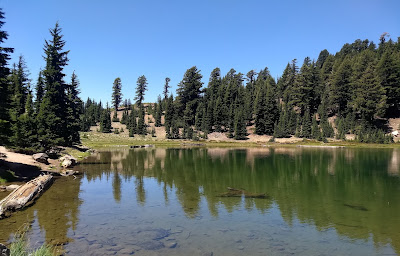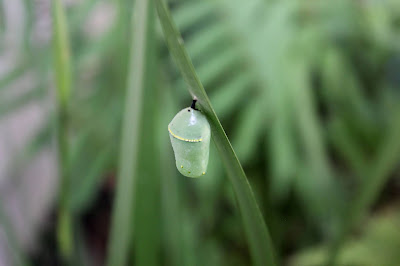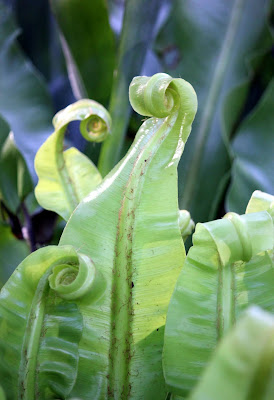Recently I read the 1939 classic novel Mrs. Miniver (Amazon, Bookshop). And while the society we live in has changed a lot since then, I was struck by how spot on some of the passages were to the times in which we live. For instance:
“…Mrs. Miniver was beginning to feel more than a little weary of exchanging ideas (especially political ones) and of hearing other people exchange theirs. It’s all very well, she reflected, when the ideas have had time to flower, or at least to bud, so that we can pick them judiciously, present them with a bow, and watch them unfold in the warmth of each other’s understanding: but there is far too much nowadays of pulling up the wretched little things just to see how they are growing. Half the verbal sprigs we hand each other are nothing but up-ended rootlets, earthy and immature: left longer in the ground they might have some to something, but once they are exposed we seldom manage to replant them. It is largely the fault, no doubt, of the times we life in. Things happen too quickly, crisis follows crisis, the soil of our minds is perpetually disturbed. Each of us, to relieve his feelings, broadcasts his own running commentary on the preposterous and bewildering events of the hour: and this, nowadays, is what passes for conversation.”
Substitute pandemic for war in this section:
“And it oughtn’t to need a war to make us talk to each other in buses, and invent our own amusements in the evenings, and live simply, and eat sparingly, and recover the use of our legs, and get up early enough to see the sun rise. However, it has needed one: which is about the severest criticism our civilization could have.
“I wonder whether it’s too much to hope that afterwards, when all the horrors are over, we shall be able to conjure up again the feelings of these first few weeks, and somehow rebuild our peace-time world so as to preserve everything of war which is worth preserving. What we need is a kind of non-material warm museum, where, instead of gaping at an obsolete uniform in a glass case, we can press a magic button and see a vision of ourselves as we were while this revealing mood was freshly upon us.”
When the pandemic first began, I felt a sense of camaraderie, a spirit of “We’re all in this together.” While there were incidents of stunningly selfish behavior, there were also incidents of kindness, encouragement, and a desire to protect others. Now…not so much. We are all weary from the constant barrage of opinion, science that changes and evolves as health experts learn more about this novel virus, and fear that we or someone we love will become seriously sick or even die.
I wish I had the answers to the problems we’re facing. What I’m trying to do is be the person who makes the situation better (not the person who makes the situation worse), by posting positive and uplifting content, and by trying to be personally responsible in my daily actions. I’m seeking comfort in the words of those who’ve come before, whether in a novel written in the 1930s, or in the words of mental health experts who share ways to cope with our new normal. I’m hoping to offer comfort and encouragement in the words I speak and the words I share here on Catching Happiness.
If you’re feeling discouraged, sad, or worried, my heart goes out to you. If there’s anything you’d like to see on Catching Happiness that would lift your spirits, please share in the comments below or message me privately at kathyjohn335 [at] gmail [dot] com. And go find yourself a copy of Mrs. Miniver—it’s a mood lifter!




















.jpg)


